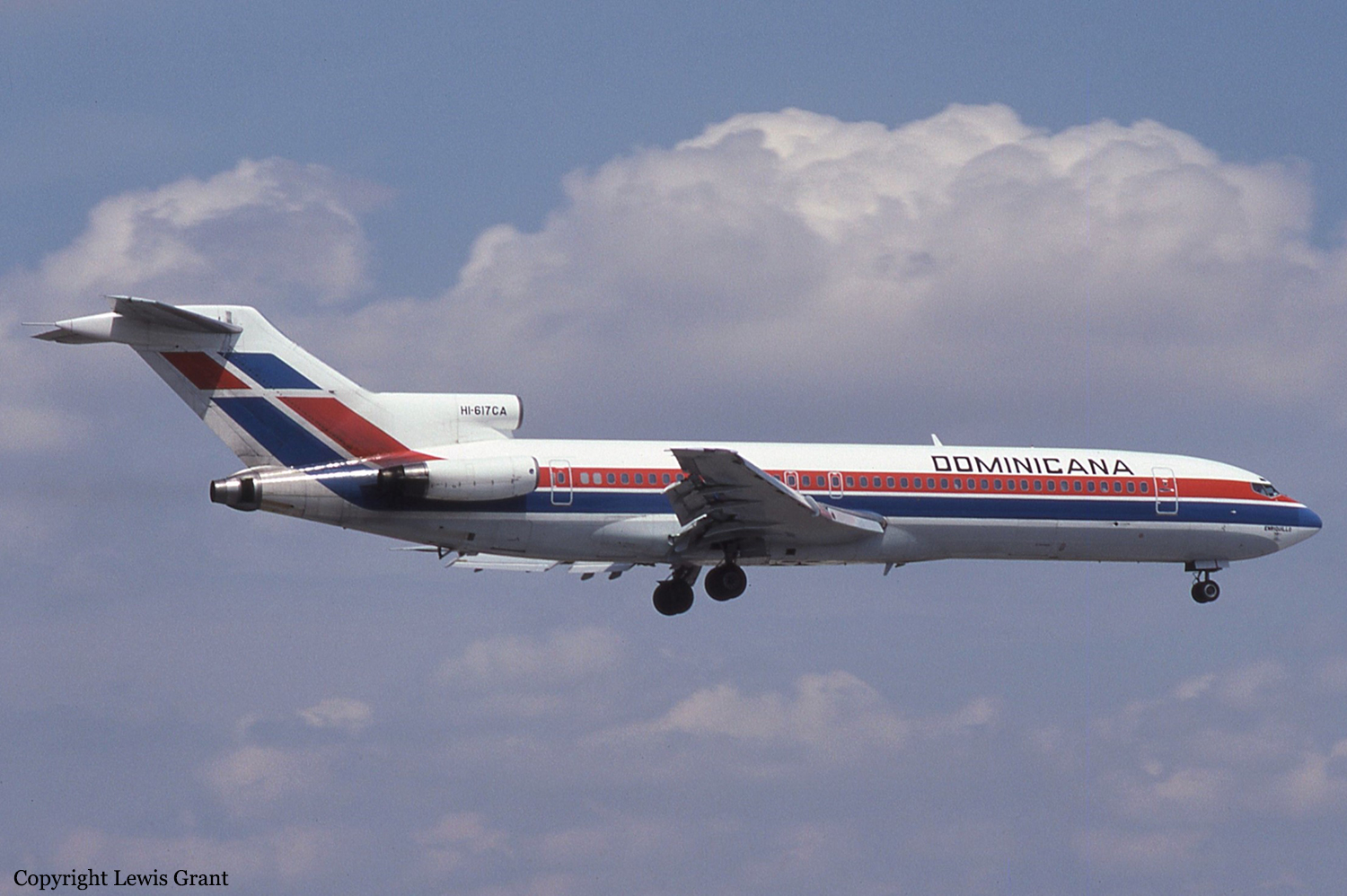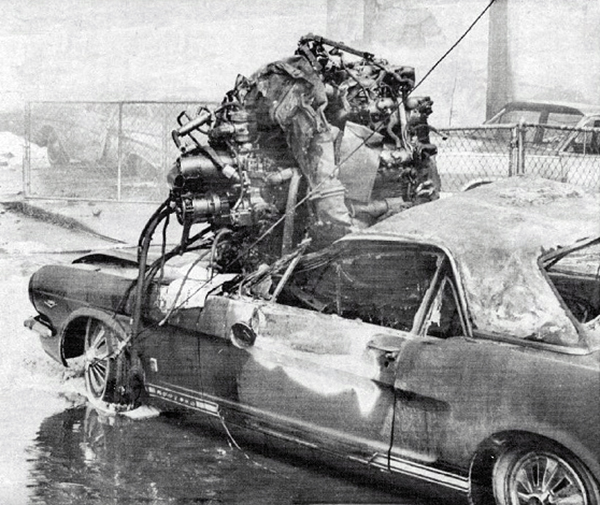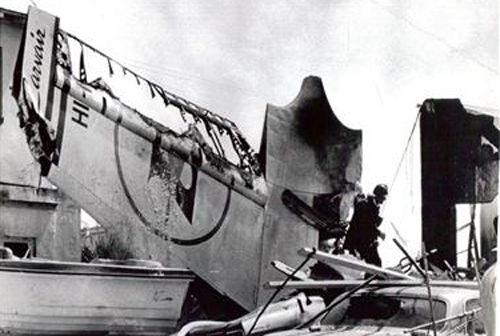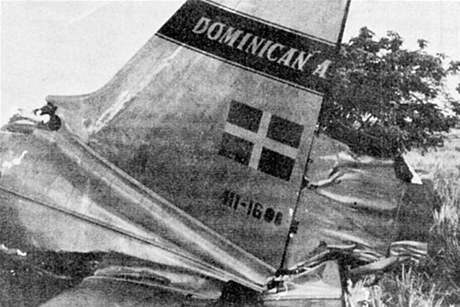Ground fire of a Boeing 727-281 in Santo Domingo
Date & Time:
Sep 5, 1993
Registration:
HI-617CA
Survivors:
Yes
Schedule:
San Juan - Santo Domingo
MSN:
20726
YOM:
1973
Crew on board:
7
Crew fatalities:
Pax on board:
98
Pax fatalities:
Other fatalities:
Total fatalities:
0
Circumstances:
Twenty minutes after takeoff from San Juan-Luis Muñoz Marin Airport, while in cruising altitude, a steward noticed smoke in the lavatory and informed the crew accordingly. In the meantime, the crew noticed a fire alarm in the cockpit, declared an emergency and became number one for landing at Santo Domingo-Las Américas Airport. Following a normal approach and landing, the crew vacated the runway and parked the aircraft at gate A6. While the passengers was disemmarking, smoke spread in the cabin and fire erupted, destroying the airplane.
Probable cause:
It was determined that a fire broke out in the rear lavatory after an engine used to drain the toilet overheated.





